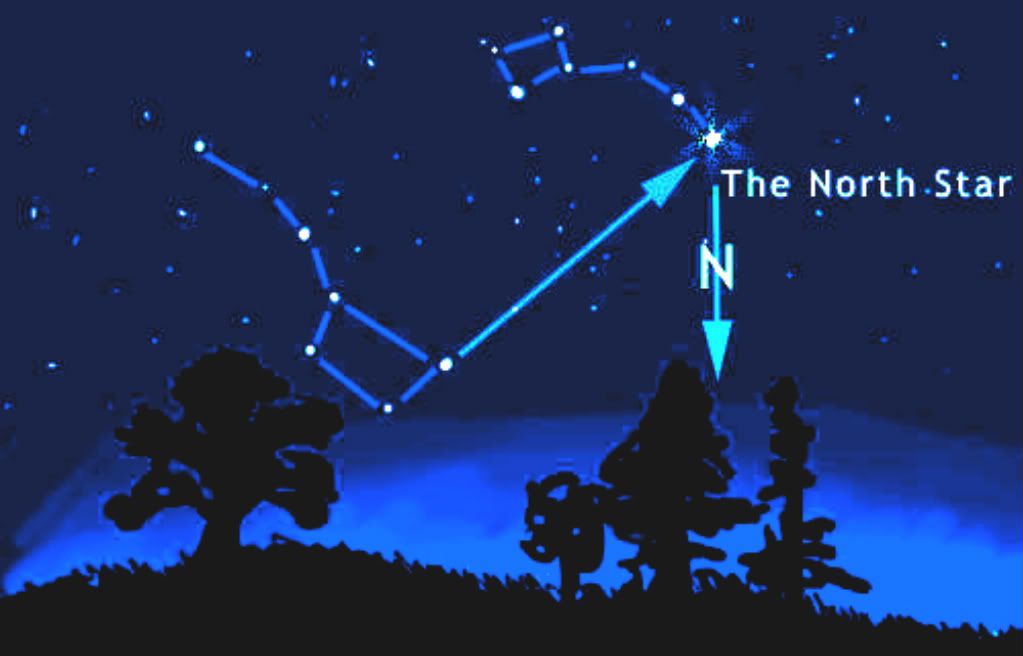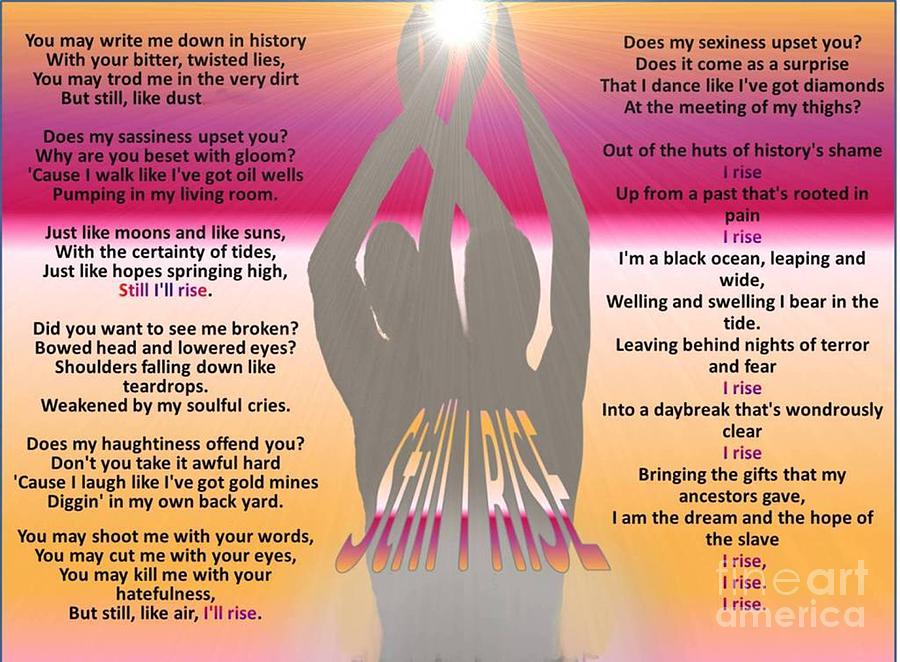Hot Day on Abbott Avenue written by Karen English and illustrated by Javaka Steptoe is an excellent story for young children to read. The illustrations are vibrant and the text is inviting.
Hot Day on Abbott Avenue is a multicultural fantasy picture book that will capture its readers. Also included in the book is a folklore rhyme.
This book is about two girls named Kishi and Renee. They are neighbors and bestfriends who just had a fight over a blue ice pop and refuse to make-up and talk to one another. The story takes place on a hot day. Both girls are bored and chose to be alone and angry. As the story go on, the two girls hear a nursery rhyme chant and follows the sound to find others playing double dutch. They join in on the fun. Eventually, the jump rope excitement is ended by the second round of the ice cream truck. Everyone runs to get a blue ice pop. Guess what? Who do you think is left without a blue ice pop? Read the story to find out.
This is a good book to share with students sometime during the school year. This book focus on friendship and making up.
Hot Day on Abbott Avenue is recommended for age four through eight. I disagree, because this is not a short story or something interesting that a four or five year old would want to listen to. They do not know much about jump rope or having a fight and being mad with another for a whole day. I think this book would be more appropriate for students in first thorough the fourth grade. This book can be read aloud to younger students and read alone or in groups for older students. To challenge the students, you can have them figure out what time of day it is by using the descriptions of where the sun is located in different.sections of the story.
Hot Day on Abbott Avenue is a good book for its readers becausee it gives a great example of how a simple problem can be solved without jeopardizing a friendship. This book also shares a variety of things that friends do such as play games, laugh, and observe their surroundings.
The illustrations by Javaka Steptoe are very unique and interesting. The illustrations were created by cut paper and found objects such as a rope for the collage. He is very talented and creative in regards to developing the illustrations for this book. Steptoe cut all types of paper to create the variety of images and backgrounds. From looking at some of the illustrations within the book, you can see that some of the paper was cut, folded, twisted and crinkled to develop the characteristic of the pictures. These are great illustrations to look at because there are a lot of detail, color and texture.
I like this book because it is encouraging. I like how the story started off with the girls upset with each other but you had to read on to find out what caused them to be at odds. It was also how the author renewed the girls friendship by making the same situation reoccur in the same day. Also the illustrations are remarkable. I love the different texture and style. Lastly, I enjoy books where the text is worked within the illustrations.
Motivational Activities:
1. Scavenger Hunt. Divide the class into teams and provide one copy of book,
Hot Day on Abbott Avenue, to each team. Have the students work together to locate the page number of particular objects or people within the book. The team that completes the assignment with correct answers first is the winning team.
2. Have the students use the descriptions from the story to figure out the season. Next, have the students draw a picture of activities they enjoy doing during the specific season.
Readers Response Questions:
1. Where did the story take place?
2. Why were KIshi and Renee mad with each other?
3. What was Renee pretending to be while sitting in the tree?
4. What did Kishi do with her blue ice pop towards the end of the story?
5. What was the authors purpose of writing this story? Explain.
References:
English, Karen, (2004).
Hot Day on Abbott Avenue. New York, NY: Clarion Books
Galda, L., Cullinan, B.E., & Sipe, L.R. (2011). Literature and the Child. (7th ed., pp. 12, 24). Belmont: Wadsworth Pub Co.




























